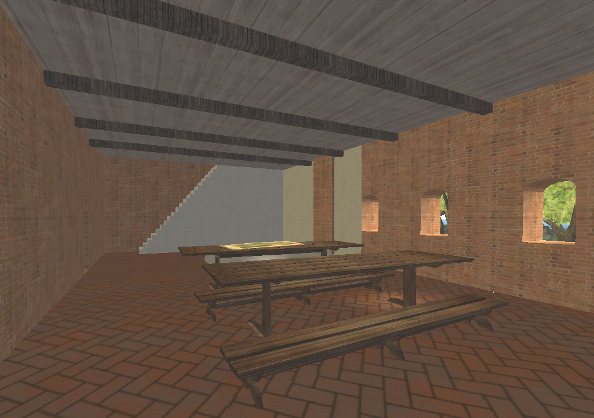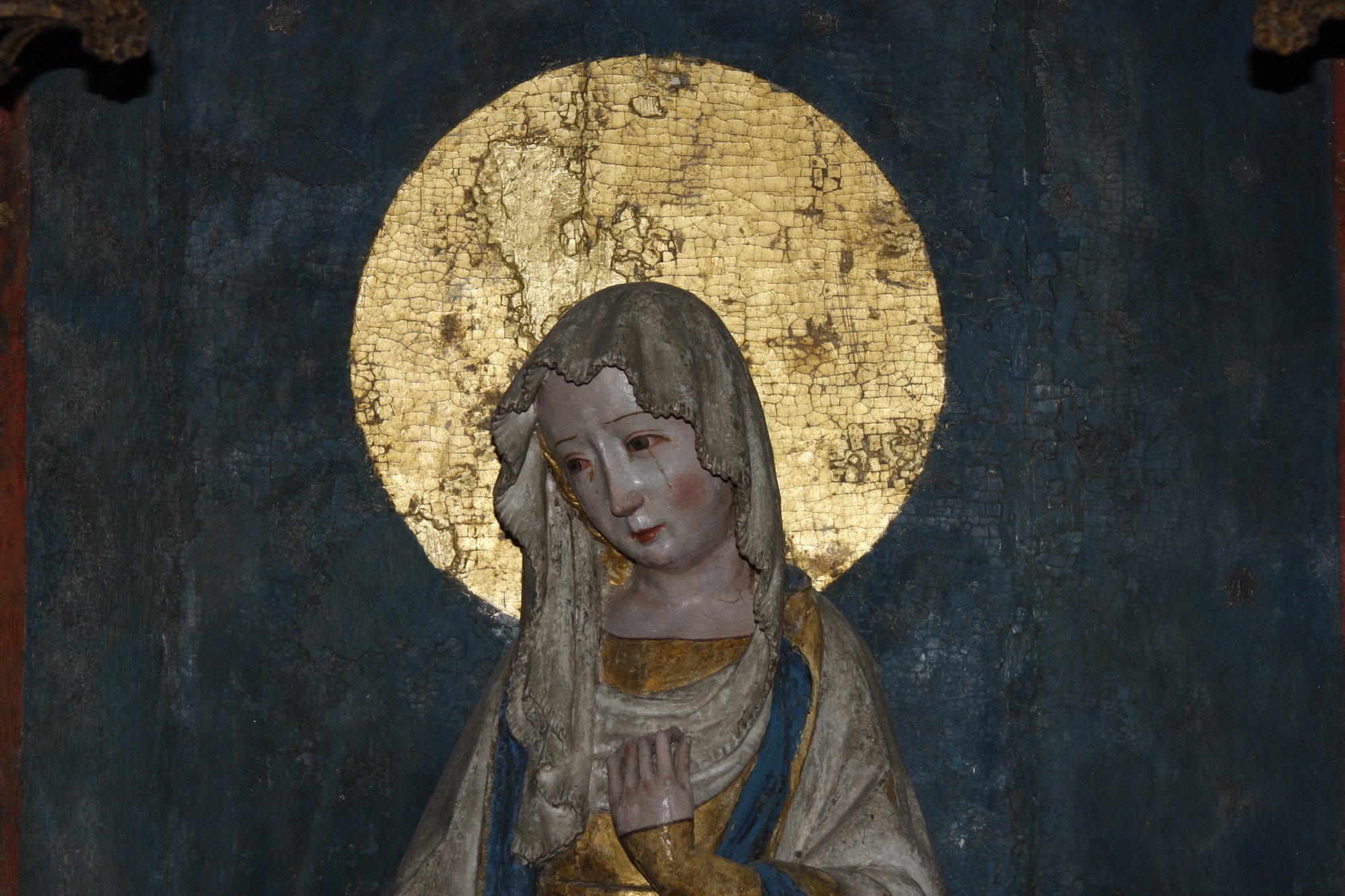
The days in a Cistercian abbey were well organized. One lived according to the device of “Ora et labora” (Pray and work). This meant that the nuns spent their time fulfilling either strictly outlined timely prayers or daily chores. In the beginning the nuns had sisters, women who were not consecrated as nuns, but who lived in the convent. These were often maids, which the noble sisters had brought with them as they entered the convent. The system with having sisters was gradually receding, and by the end of the 15th century the nuns had essentially assumed also the heavier chores.
The services, which outlined the daily program, probably included the following at Askeby:
Canonical hours or prayers comprised the base for the convent’s daily routines. They implicated the following prayers: Lauds, prime, tierce, sext, none, vespers, and compline. The first prayer of lauds was at 4 am, and the day ended with the compline at around 8 pm. All masses and processions, that were part of this system, required that even smaller monasteries had to have a well-planned order of routines.
Chores were adapted to the different seasons, and the days were divided into temporal hours, which meant longer time for work and prayers in summer and longer night rest in winter. Monastic orders included several traditions. Since the canonical hours had a symbolic meaning they did not always correspond to the clock hours. During the meals there was a regular reading out loud. The reading was mostly legends of saints, and this practice reminds us about the meaning of the word “legend”, which in Latin is “what is meant to be read.” In the French movie from the abbey La Joie-Notre-Dame de Campénéac i Bretagne one can follow the inherited, inveterated life of an abbey of today
Lauds or Matutine
The morning prayer was either lauds or matutine. It was held directly before dawn and consisted of a praise for the new day.
Prime
At dawn followed prime when the prayer to Virgin Mary was read. After prime, the nuns were gathered before the abbess’s conduct in the chapter hall. Prayer was followed, among other things, by reading out loud a chapter of the order rules, and various kinds of announcements, e.g. who had deceased within the order. Then the abbess brought up issues that concerned the every day life at the convent and this is when she also distributed the tasks of the day. This had to be done in a fair way, considering skill and age, since the tasks included everything from handicraft and gardening to writing and fine needlework.
The chores were probably divided equally; e.g. janitor, gardening sister, intendant of garner, nurse, teacher. The heaviest chore was the kitchen work; it did not only include cooking, but presumably also taking care of the laundry. The kitchen nun also had a greater responsibility, since she was the one to lead the prayers and do the reading.
Tierce and Holy Mass
The prayer of tierce, at 9 am, was to remind about the outpouring of the Holy Spirit and Christ the Saviour.
Sext
The next prayer was sext, at noon.
None
Three hours after sext followed the prayer of none.
Vespers
During the timely prayer of vespers, at 6 pm or later at dawn, it was time to express the gratitude for the day that was coming to an end.
Compline
At the compline, which was the last prayer of the day, there was an alternating reading, after which the nuns walked in procession upstairs to the dormitory that was lit up by a candle. This was the last daily repeated liturgy and would remind about Christ as the Light of the World.
Emma Asplund
